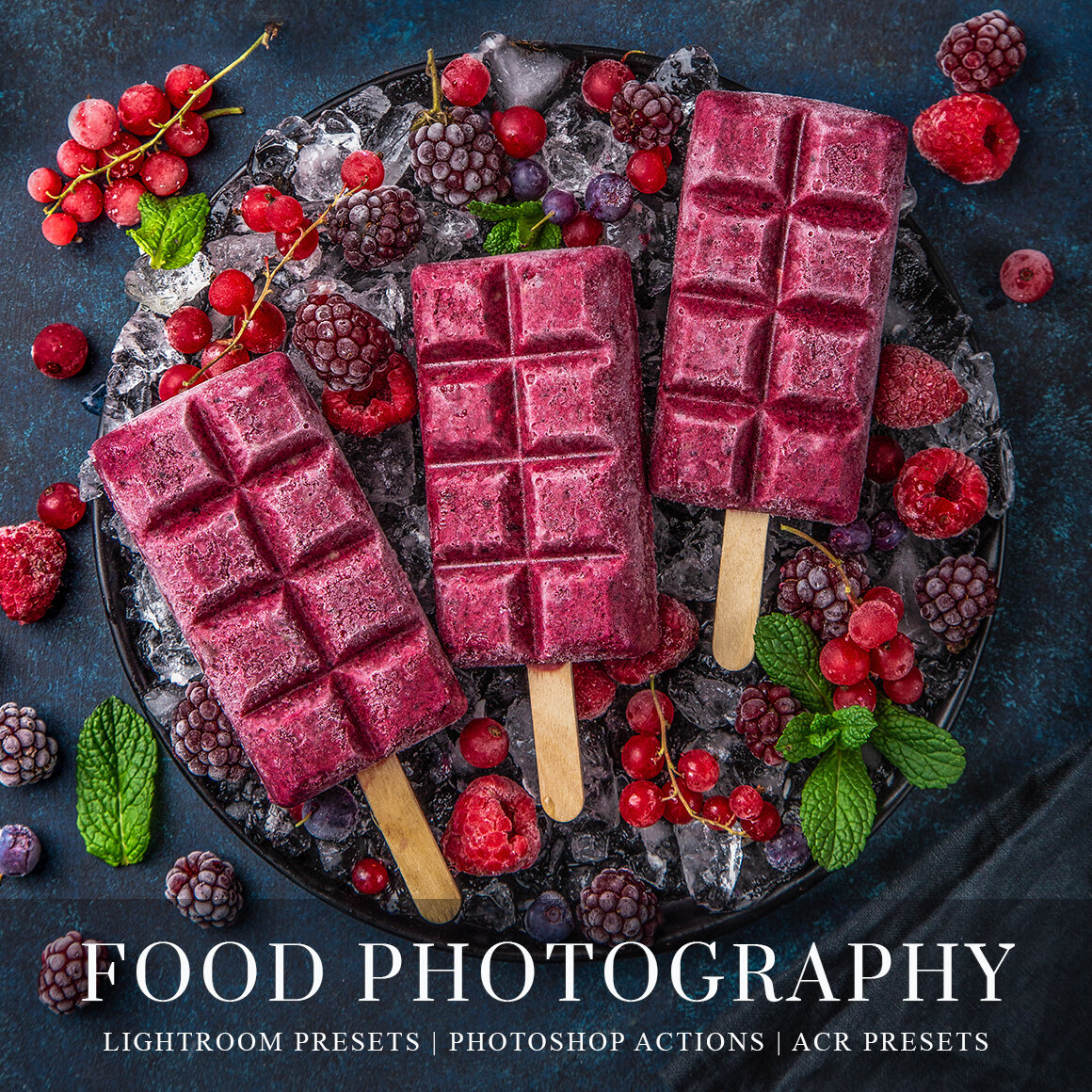How to Enhance Your Photography Workflow with AI
In the rapidly evolving world of photography, artificial intelligence (AI) offers powerful tools to enhance workflow efficiency. Photographers, from novices to seasoned professionals, can leverage AI for various tasks that were once time-consuming and labor-intensive.
As technology advances, so do opportunities for photographers to streamline their processes and focus more on creative expression.
Here’s how AI is transforming photography workflows.
1. Automating Image Sorting
AI algorithms can analyze thousands of images quickly, identifying patterns and categorizing photos based on content. This automation significantly reduces the time spent on manual sorting. Machine learning models, like Google's TensorFlow or Facebook's PyTorch, recognize faces, landscapes, and various objects to group similar images together.
Advanced tagging features enable easy searchability within vast photo libraries (think keywords for quick retrieval). With AI handling image sorting, photographers gain more time for creativity and client interactions.
2. Enhancing Communication during Shoots with Personalized AI Voices
Photographers can create a custom AI voice to guide their workflow seamlessly. During shoots, personalized AI voices provide real-time instructions and feedback through smart devices, making it easier to adjust lighting or positioning without interrupting the creative flow.
Additionally, these customized voices can offer detailed reminders for specific shots or setups (think prompts tailored to your style). This hands-free communication allows photographers to stay focused on capturing perfect moments while maintaining an efficient workflow.
3. Intelligent Photo Editing and Retouching
AI-powered software simplifies photo editing by automatically adjusting exposure, contrast, and color balance. Tools like Adobe's Sensei – which can help improve your photography skills – can analyze images and apply corrections that align with professional standards, saving photographers hours of manual work.
For retouching, AI detects imperfections such as blemishes or stray hairs (often faster than human eyes). By using intelligent algorithms, these tools refine portraits with natural-looking results. Photographers maintain creative control while benefiting from enhanced speed and precision in their post-processing tasks.
4. Advanced Color Grading and Correction
AI enhances color grading by analyzing images and suggesting adjustments that harmonize with the overall mood or style desired. Tools like DaVinci Resolve's AI capabilities provide precise color corrections, balancing hues and tones effortlessly.
Furthermore, AI-driven software can simulate complex grading techniques used in cinematography (think emulating film stock). This enables photographers to achieve cinematic looks without extensive manual tweaking. With advanced color correction tools, professionals streamline their workflow while maintaining high-quality standards in their visual output.
5. Automated Background Removal and Replacement
AI-driven tools simplify background removal by identifying subjects and separating them from their surroundings with precision. Software like Remove.bg utilizes machine learning to process images swiftly, eliminating the need for meticulous manual masking.
Once backgrounds are removed, AI algorithms can replace them with various scenes or environments. This opens up creative possibilities without requiring advanced Photoshop skills (think effortless background swaps).
Moreover, batch processing capabilities allow photographers to apply these changes across multiple images simultaneously, significantly speeding up workflows and ensuring consistent results.
6. AI-Driven Composition and Framing Suggestions
AI algorithms analyze photographic elements to offer real-time composition and framing suggestions. Tools like Adobe's Sensei or Skylum Luminar evaluate scenes for balance, symmetry, and focal points, helping photographers capture aesthetically pleasing shots.
In addition, AI can provide guidance on the rule of thirds or golden ratio application (think dynamic compositions). These automated insights assist in honing visual storytelling skills by suggesting optimal adjustments before capturing an image.
Furthermore, integrating these features into cameras or mobile apps ensures immediate feedback during shoots. This enhances both efficiency and creative decision-making.
Leveraging AI in your photography workflow unlocks new levels of efficiency and creativity. Imagine the possibilities when routine tasks become automated seamlessly, enhancing your artistry. Are you ready to embrace AI and revolutionize your approach to photography?
7. Automating Image Sorting
Advanced tagging features, combined with free AI voice integration, enable easy searchability within vast photo libraries (think spoken keywords for quick retrieval). With AI handling image sorting and voice-activated commands, photographers gain even more time for creativity and client interactions.
Get Free Presets for Lightroom created by top photographers to update your presets collection, save down on editing time, and open up new artistic horizons.

















